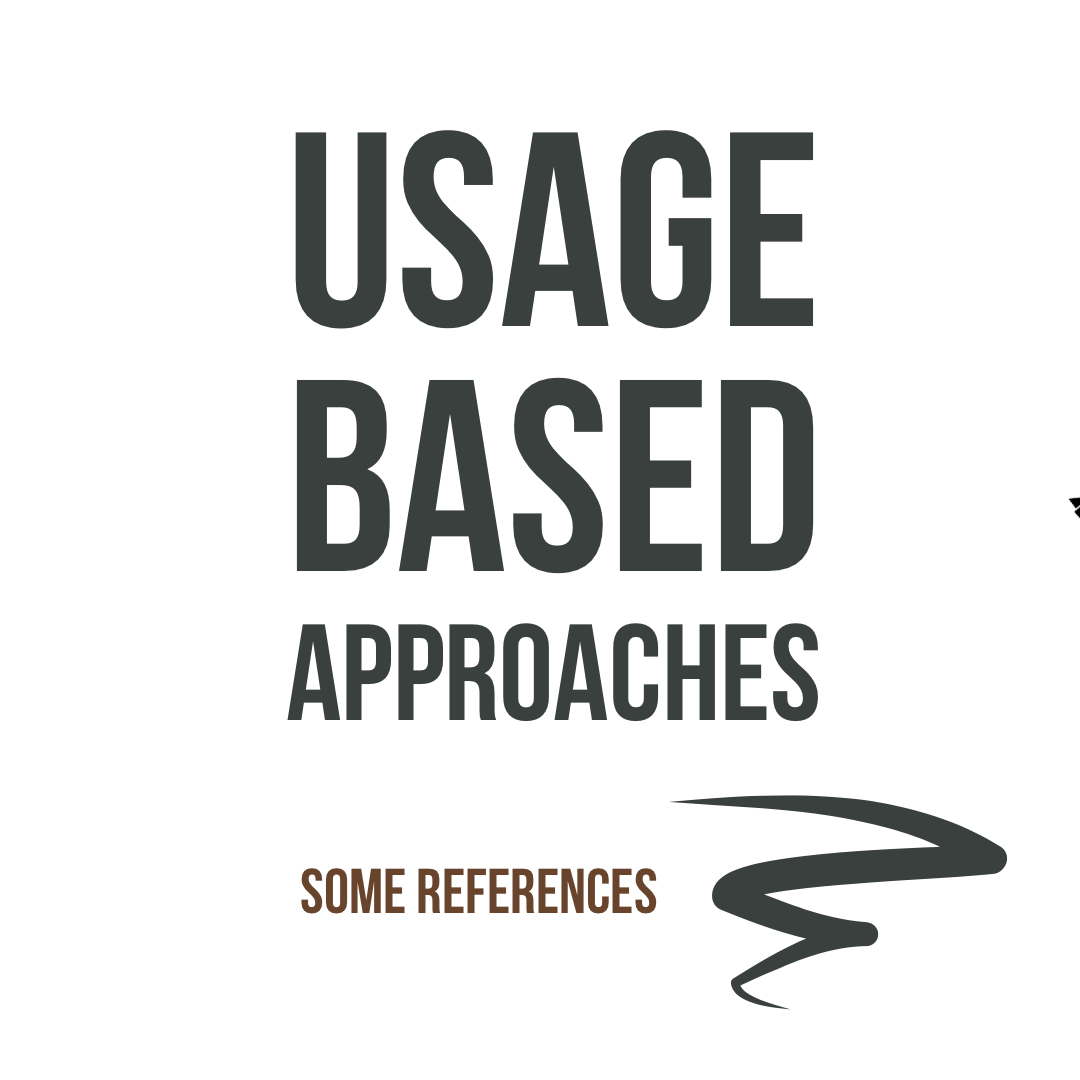Linguists and psychologists often study sentences in isolation, which may be akin to studying animals in separate cages in a zoo. I have been guilty of this in much of my own work. Our understanding of language will undoubtedly benefit from more focus on language in its natural habitat: conversation (e.g., Du Bois et al., 2003; Hilpert, 2017; Thompson and Hopper, 2001). In fact, the human tendency to cooperate plays a key role in how our complex system of language emerges via cultural evolution (Botha and Knight, 2009; De Boer et al., 2012; Ellis and Larsen-Freeman, 2009; Richerson and Christiansen, 2013; Steels, 2005; Tomasello, 2009). Cooperation is most evident when people use language to communicate with one another in conversations.
Language provides a constrained and discrete system that offers us a window into our even more general, creative, but constrained system of general-purpose knowledge. It allows us to teach and learn, dream and imagine, and reflect and reason in ways that are uniquely human. Moreover, a focus on the functions and distributions of constructions offers important insights about how individual constructions emerge and evolve over time (e.g., Barðdal et al., 2015; Mauri and Sansò, 2011; Traugott, 2015; Traugott and Trousdale, 2013).
There is a growing synergy among linguists, psychologists, anthropologists, and computer scientists, and so it is a very exciting time for research on language. This volume only scratches the surface of what we have already learned, as is evident in the copious list of references.
Goldberg, A. E. (2019: 163). Explain me this: Creativity, competition, and the partial productivity of constructions. Princeton University Press.
